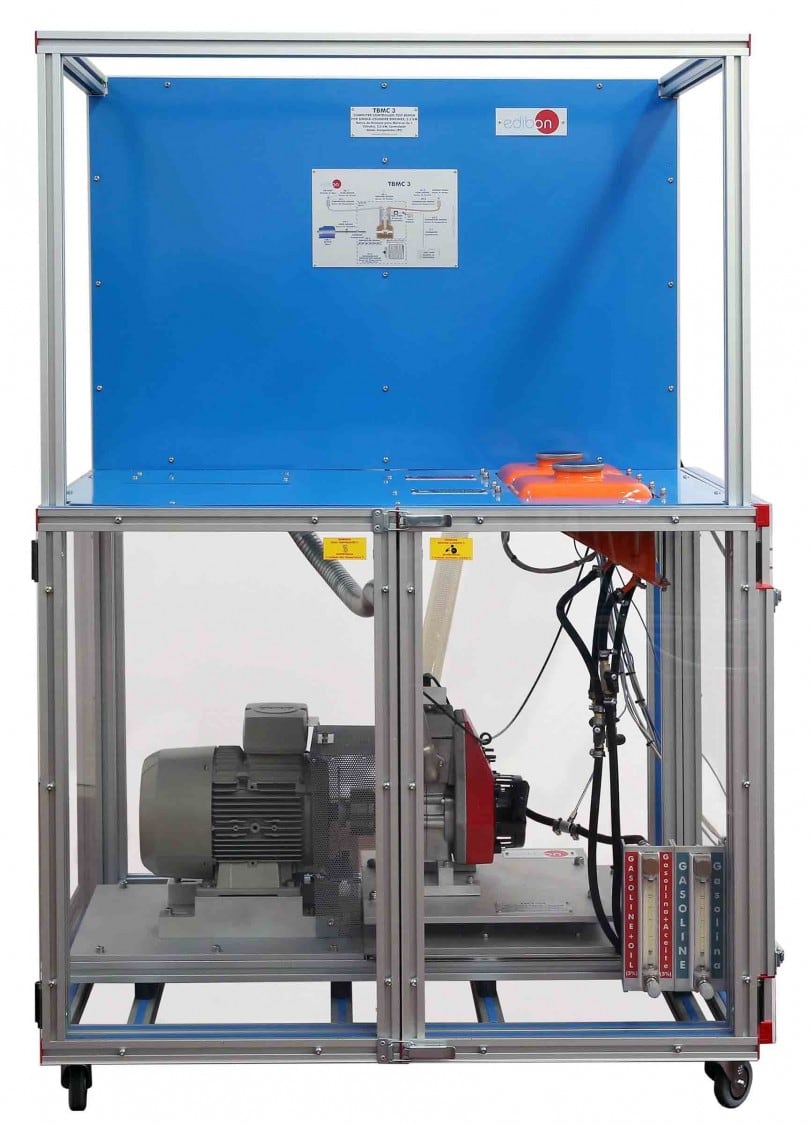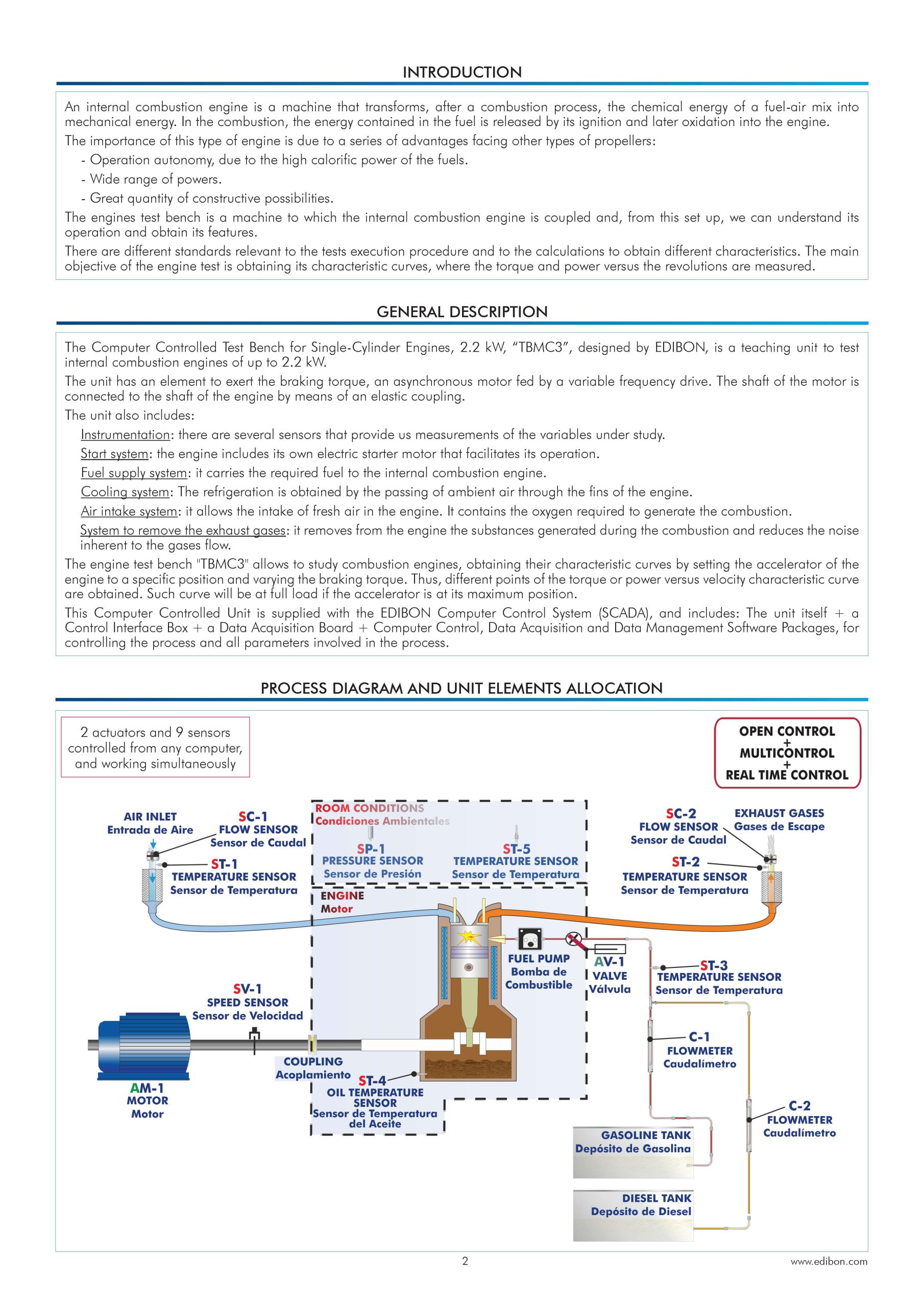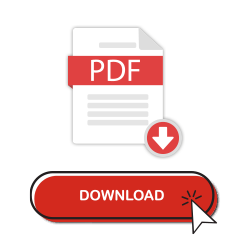
Computer Controlled Test Bench for Single-Cylinder Engines, 2.2 kW
INTRODUCTION
An internal combustion engine is a machine that transforms, after a combustion process, the chemical energy of a fuel-air mix into mechanical energy. In the combustion, the energy contained in the fuel is released by its ignition and later oxidation into the engine.
The importance of this type of engine is due to a series of advantages facing other types of propellers:
– Operation autonomy, due to the high calorific power of the fuels.
– Wide range of powers.
– Great quantity of constructive possibilities.
The engines test bench is a machine to which the internal combustion engine is coupled = and, from this set up, we can understand its operation and obtain its features.
There are different standards relevant to the tests execution procedure and to the calculations to obtain different characteristics. The main objective of the engine test is obtaining its characteristic curves, where the torque and power versus the revolutions are measured.
EXERCISES AND PRACTICAL POSSIBILITIES
- Determination of the characteristic curves of an internal combustion engine at different speed regimes:
Torque.
Power.
Specific consumption of fuel. - Determination of the efficiency, fuel specific consumption and airfuel ratio of an internal combustion engine.
- Determination of the volumetric efficiency and the average effective pressure of an internal combustion engine.
Additional practical possibilities: - Familiarization with four strokes petrol and diesel engines.
- Comparison of the characteristics of diesel oil and petrol engines.
- Study of cooling in alternative internal combustion engines.
- Analysis of an internal combustion engine exhaust gases (it requires
the recommended element TBMC-AGE). Recommended for petrol engines. - Calculation of the heat contained in the exhaust gases of an internal combustion engine (it requires the recommended element TBMC-CG).
- Sensors calibration.
Other possibilities to be done with this Unit: - Many students view results simultaneously.
To view all results in real time in the classroom by means of a projector or an electronic whiteboard. - Open Control, Multicontrol and Real Time Control.
This unit allows intrinsically and/or extrinsically to change the span, gains; proportional, integral, derivative parameters; etc, in real time. - The Computer Control System with SCADA allows a real industrial simulation.
- This unit is totally safe as uses mechanical, electrical and electronic, and software safety devices.
- This unit can be used for doing applied research.
- This unit can be used for giving training courses to Industries even to other Technical Education Institutions.
- Control of the TBMC3 unit process through the control interface box without the computer.
- Visualization of all the sensors values used in the TBMC3 unit process.
– Several other exercises can be done and designed by the user.



